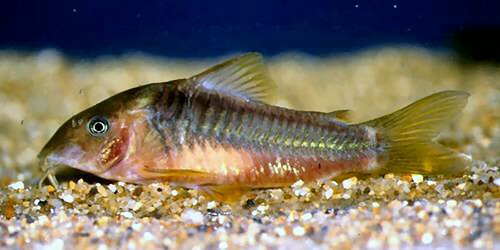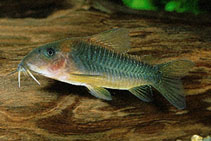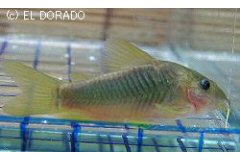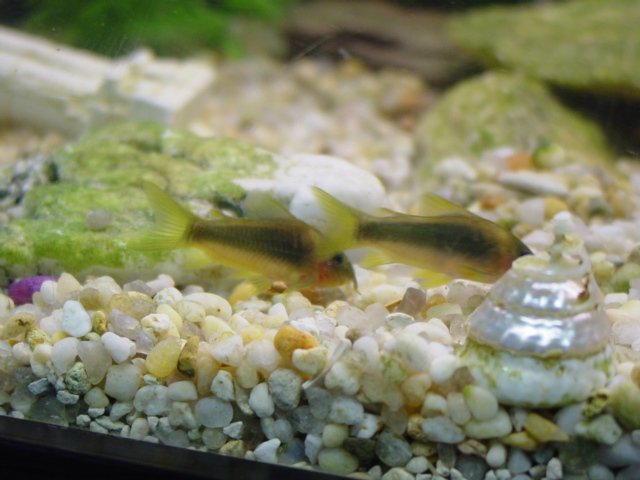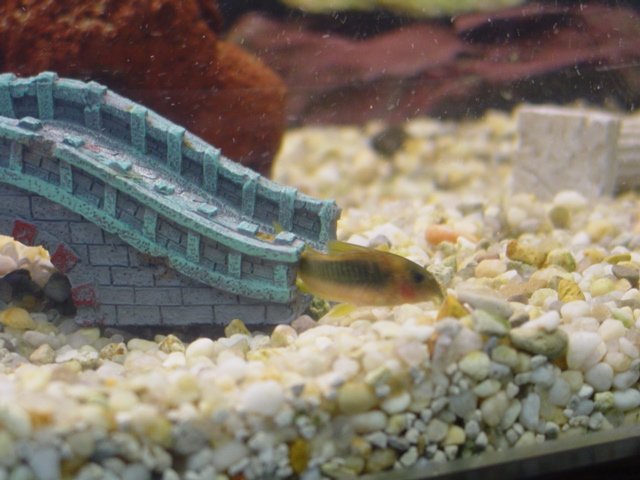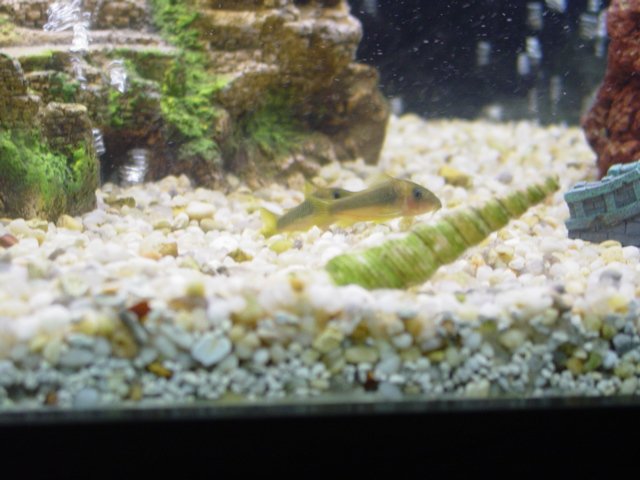Okay, so I went into a new LFS and noticed an oddity - a "Green-Gold Cory". The store owner was not present at the time, but does anyone have any ideas or whether or not this is an established hybrid?:huh:
I will get photos tonight and post them. All I can say is that there are NO markings or even a hint of any spots/stripes. They are a greenish color on top which slowly blends into a rich gold (very pretty) on their lower body becoming very gold underneath their tail belly and necks.
A very attractive Cory, but I wanted to make sure I new what I was getting before I did anything. I have looked ... and looked, but have found nothing in searching for this name or for identifying this species. Some close matches but nothing exact (thus y I believe that this is a hybrid of sorts). Fins are similarily unmarked and are ALL yellow/gold semi-transparent. They are also fairly long, but not too much so (i.e. larger than the Aenus). I would say the body most closely resembles a Robi, but I'm sure that's way OFF!
Thanks for the posts!!!
I will get photos tonight and post them. All I can say is that there are NO markings or even a hint of any spots/stripes. They are a greenish color on top which slowly blends into a rich gold (very pretty) on their lower body becoming very gold underneath their tail belly and necks.
A very attractive Cory, but I wanted to make sure I new what I was getting before I did anything. I have looked ... and looked, but have found nothing in searching for this name or for identifying this species. Some close matches but nothing exact (thus y I believe that this is a hybrid of sorts). Fins are similarily unmarked and are ALL yellow/gold semi-transparent. They are also fairly long, but not too much so (i.e. larger than the Aenus). I would say the body most closely resembles a Robi, but I'm sure that's way OFF!
Thanks for the posts!!!
Last edited:



